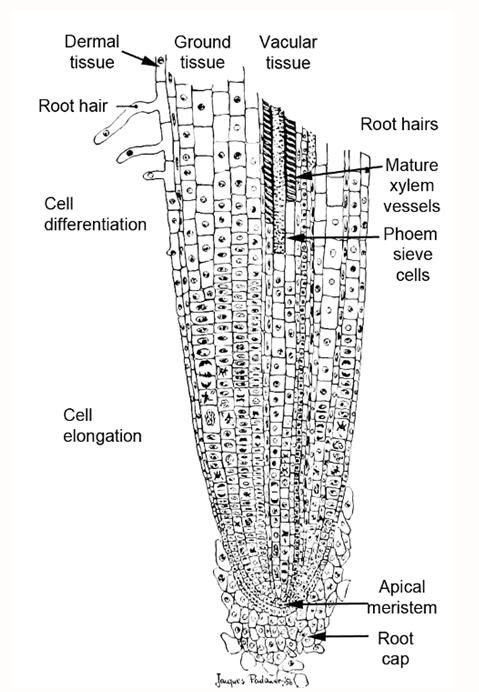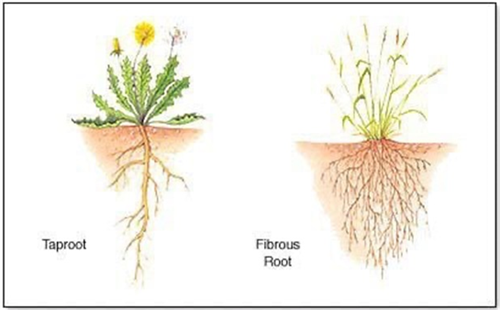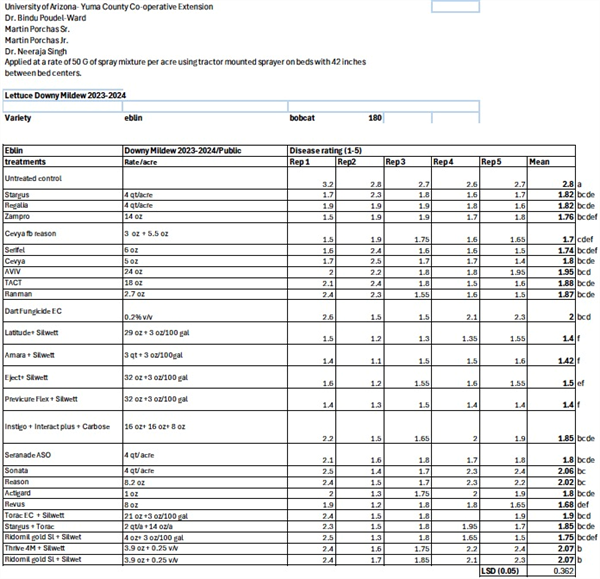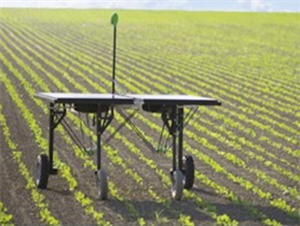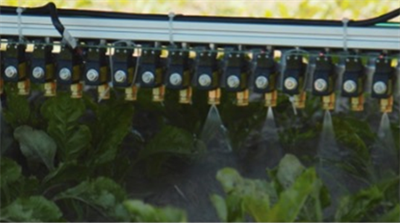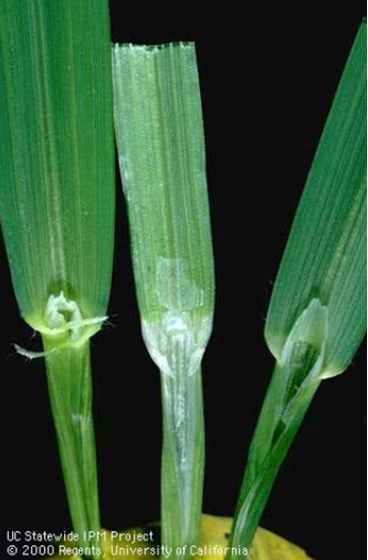Jan 24, 2018
Avoiding Seed Corn Maggots in Spring Melons - 2018
Driving through the Yuma Valley last week, I noticed several fields that had recently been planted with spring melons. It prompted me to remind PCAs and growers not to forget the threat of seed corn maggots on early planted melons. Anyone who has ever experienced seed corn maggot knows that it’s always best to avoid this pest as you plan ahead for spring planting. Seed corn maggots are always a concern for melon crops planted from Jan-Mar, and are most prevalent under cool, wet weather; ideal conditions for infestations. Seed corn maggots can cause significant stand reductions in melons and other large seeded crops (e.g., cotton, corn, safflower) due to the maggots feeding on germinating seed, roots and stems of young seedlings and transplants. If larvae populations are high in the soil, replanting parts or all of an infested field is often necessary. Not only is this an inconvenience to the grower, but replanting is expensive and can disrupt harvest schedules. Unfortunately, once maggots have been found infesting the soil during stand establishment, there is usually nothing you can do. Thus, avoidance of the problem is the most effective way of preventing stand reductions. First, weather plays a major role in determining the damage potential for seed corn maggot. Melon stands are more susceptible to seed corn maggot during wet, cool spring weather in which seed germination is slowed or delayed. These conditions give seed corn maggots a chance to develop in the soil and attack the seeds before they can emerge. But don’t think just because we are having a dry winter that they’re not around. I’ve also observed seed corn maggots take down direct seeded cantaloupe and transplanted watermelon stands established under warm, dry conditions when fly populations were high. Secondly, our cropping system plays a key role. Melon crops following produce are the most often attacked because seed corn maggot adults are attracted to freshly tilled soils with high levels of decomposing organic matter and will readily lay eggs in the soil. This includes heavy plant residue remaining after harvest of the previous lettuce or cole crop, as well as applications of composted manure prior to planting. Growers would be encouraged to delay planting melons into fields under these conditions. However, if growers decide to plant in these conditions, then it would be wise to use a preventative insecticide applied at planting to minimize the impact from seed corn maggot and give seedlings a fighting chance. A few alternatives are available that have shown activity against seed corn maggot and may be practical for their management in spring melons. For more information, visit Seed Corn Maggot in
Spring Melons 2018. As Benjamin Franklin used to say “An ounce of prevention is worth a pound of cure.”
Name the Insect
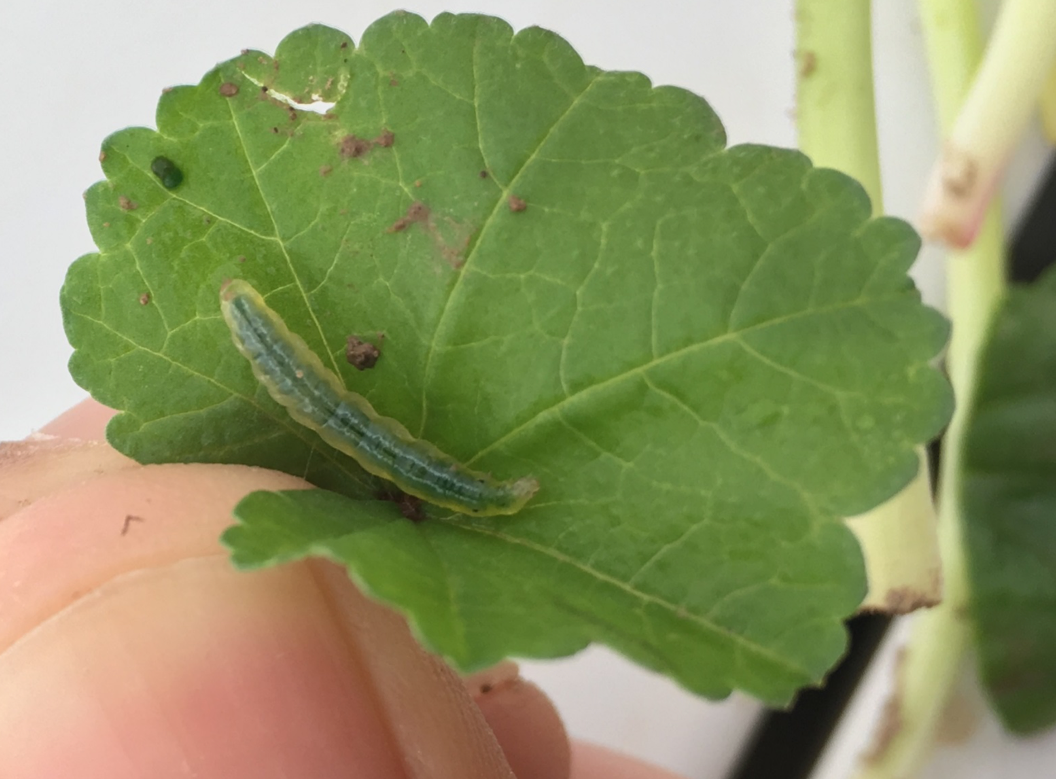 Hawaiian Beet Webworm
Hawaiian Beet Webworm
Areawide Diamondback Moth Trapping Network
In response to the recent outbreaks of Diamondback moth (DBM) ,
Plutella xylostella in Yuma, we have established a pheromone trap network designed to monitor the activity and movement of adult populations of DBM. PCAs have had difficulty controlling DBM in cabbage, broccoli and cauliflower since October. Traps have been placed in Roll, Wellton, Dome Valley, Gila Valley and Yuma Valley in locations where cole crops are presently being grown or in areas where infestations were known to occur this fall.
Don’t Shut Down...“Bear Down”… IPM Team

To contact John Palumbo go to:
jpalumbo@ag.Arizona.edu

 To contact John Palumbo go to: jpalumbo@ag.Arizona.edu
To contact John Palumbo go to: jpalumbo@ag.Arizona.edu


